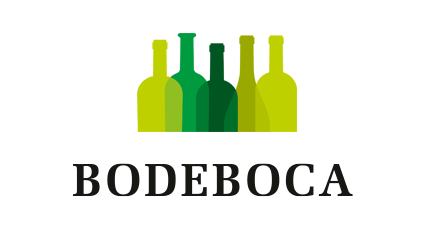Recanati Marselan Reserve 2012
Descripción
Monovarietal de Marselan, una uva más desconocida cruce entre la Garnacha y la Cabernet sauvignon. La primera cosecha de la bodega israelí de esta variedad tuvo lugar en 2012. Esta añada ha tenido el reconocimiento de la guía Parker, con la obtención de 90 puntos. Un vino que se desarrolla y del que se obtienen nuevas sensaciones si se guarda unos años.
Ficha técnica
Cata
Viñedo y elaboración
Opinión de los críticos
The 2012 Marselan Reserve was aged in new French oak for 11 months. It comes in at 14.5% alcohol. It seems to handle its oak quite well, showing much fresher than I would’ve thought at its young age. Winemaker Gil Shatsberg said that the winery “used Cavin barrels from Burgundy. They tend to be very gentle on the wine even with high dosage of new oak. The Marselan had a lot of intense fruit, thus the barrels did not influence it in a very harsh way.” This is the latest experiment from Recanati, having recently hit it big with its fine Carignan. Marselan, developed in France some half century ago, is a cross between Cabernet Sauvignon and Grenache. I’ve actually seen some quite nice ones these days. This looks like another winner in Recanati’s quest to develop some difference in its lineup. The first look I had at this saw fresh fruit and or elegant mid-palate. It seemed merely friendly and fruit forward. A more leisurely, controlled tasting let it show off its fine structure. (It was easily the biggest beneficiary of retasting the lineup again.) Crisp and finishing with some astringency, it has beautiful aromatics, a reasonable backbone and really tasty fruit. Nowhere near the most concentrated wine here (the main quibble) it is also still a bit raw. It could use a year of cellaring. It can be approached with some aeration, though. This is not a perfect bottling yet, but I have to admit that it became so expressive, so well structured and so much fun that I’m going to lean up on it anyway because it was just plain delicious. It will be interesting to see how long it lasts at peak. There were just 3,850 bottles produced. Drink now-2022.









Añadas: 2018 2017 2012
Esta añada no tiene valoraciones todavía. Pincha en las otras añadas para ver sus valoraciones.
Esta añada no tiene valoraciones todavía. Pincha en las otras añadas para ver sus valoraciones.
Esta añada no tiene valoraciones todavía. Pincha en las otras añadas para ver sus valoraciones.